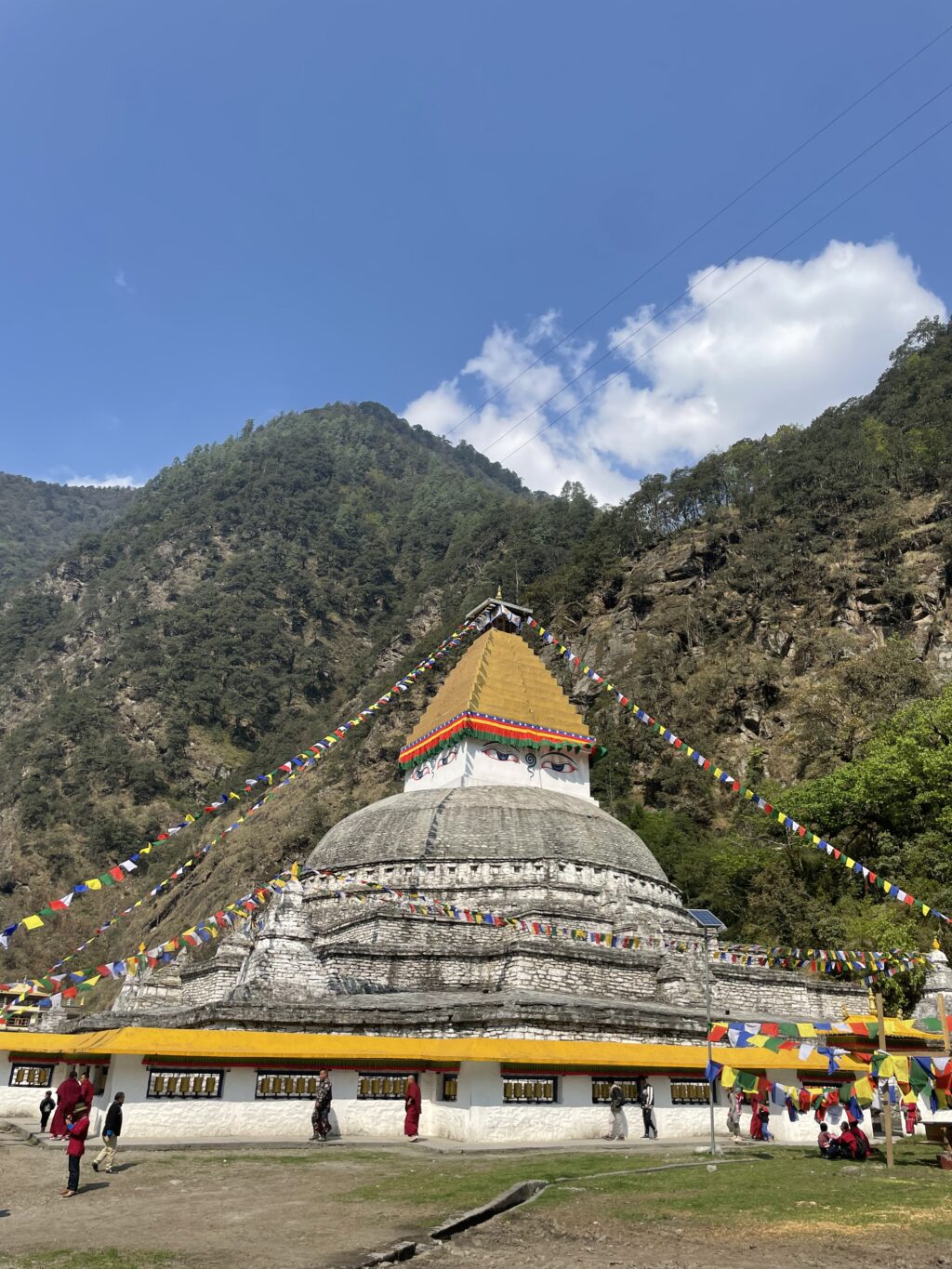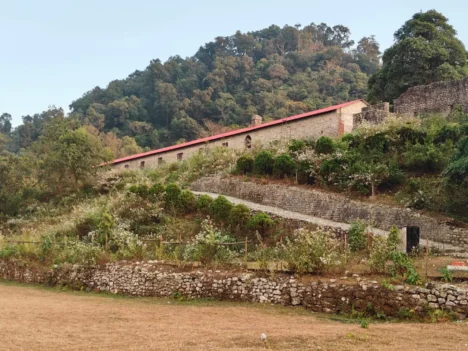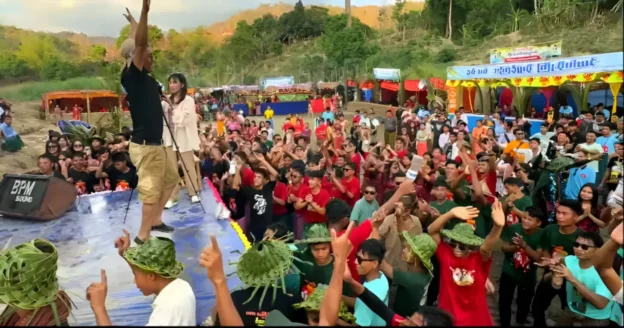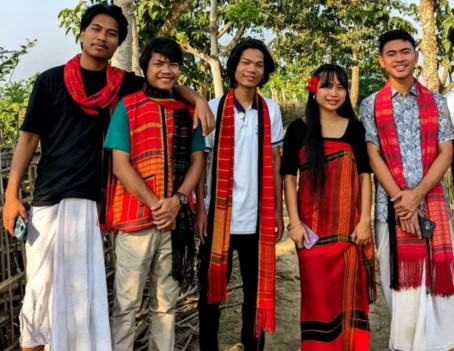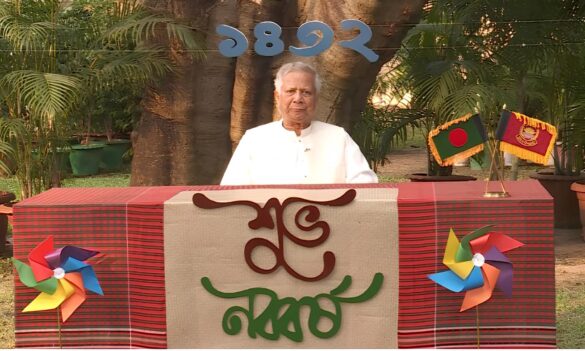The Indian Himalayan Council of Nalanda Buddhist Tradition (IHCNBT) recently held a national conference in Zemithang, Arunachal Pradesh, with the theme of ‘Nalanda Buddhism – retracing the source in the footsteps of acharyas: from Nalanda to Himalayas and beyond.’
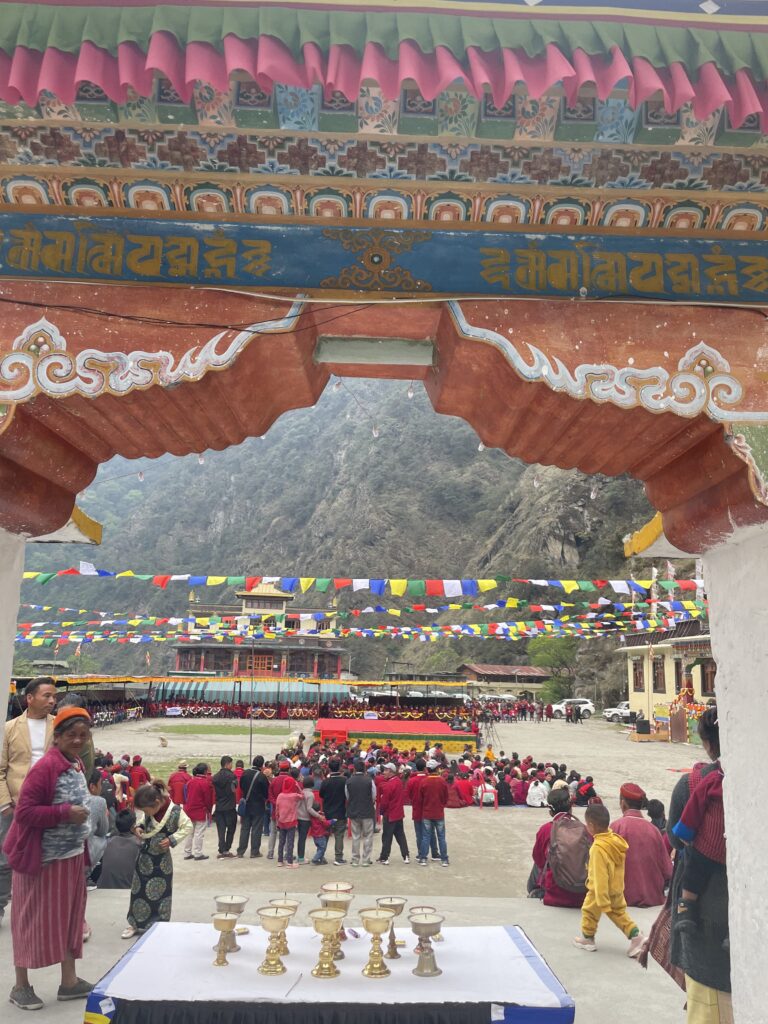
The location of the conference is significant geopolitically, historically, socio-culturally, and theologically, as it shares international borders with the Tibetan Autonomous Region (TAR) China and Bhutan. Its border with TAR along the Namka Chu and Sumdrong Chu valleys is disputed and contested between India and China. Also known by the eponymous name ‘Pangchen’ (the land free from all sins), Zemithang was the first stop of the 14th Dalai Lama when he was forced to flee from Tibet (current TAR) in 1959, due to Chinese crackdown and detainment attempt on him.
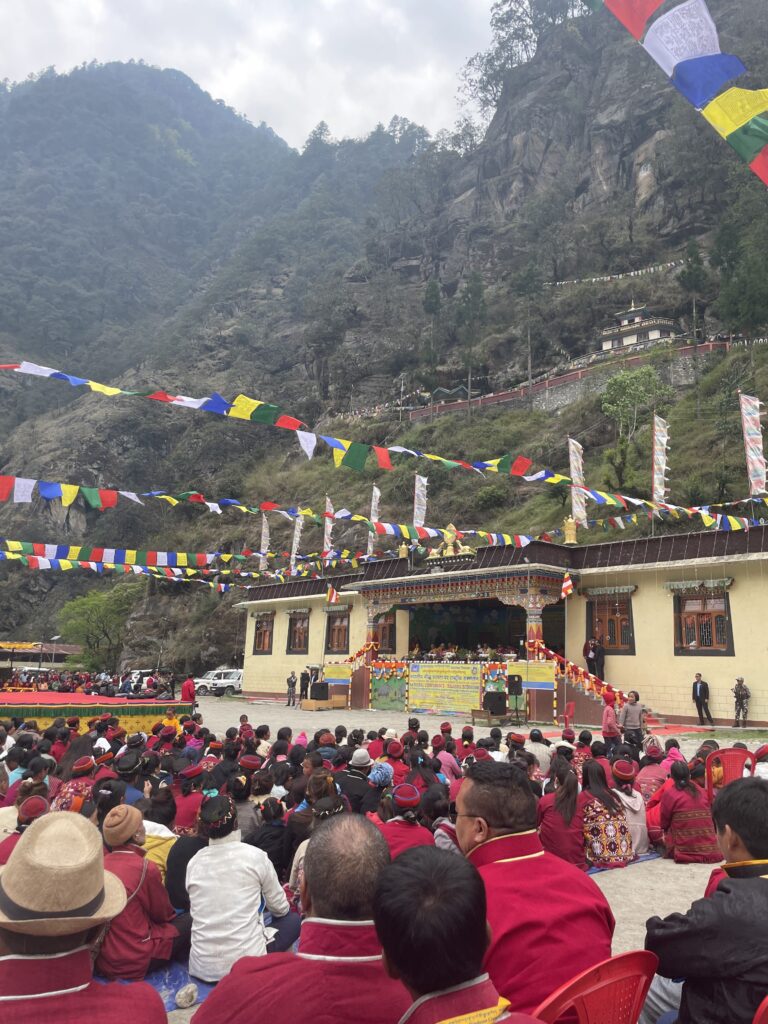
The IHCNBT conference provided a space to reflect on and retrace the spread of Buddhism starting from Lumbini (birthplace of Siddhartha Gautama later Buddha, current day Nepal), Bodh Gaya (where Buddha attained enlightenment, current day India) and Nalanda Buddhist University (current day India), which housed innumerable books on Buddha and his teachings written in Sanskrit and Pali languages.
During the 5th and 6th CE, Nalanda Buddhist University had some of the most revered scholars as their faculties and continued to produce prominent Acharyas like Santarakshita, Nagarjuna, among others, who made great contributions to Buddhist philosophy and theology. They were also instrumental in spreading the teachings of Buddha and various schools of it, from Nalanda to places across the Himalayan trail and further to the eastern, current day South-East Asian countries.
One such prominent figure from Nalanda Buddhist University was Guru Padmasambhava, also known as Guru Rinpoche. He was a Buddhist Vajra Guru (a tantric master of the Vajrayana Buddhist tradition). He is highly venerated and followed by Buddhists in the Himalayan Indian states, Tibet, Nepal and Bhutan.
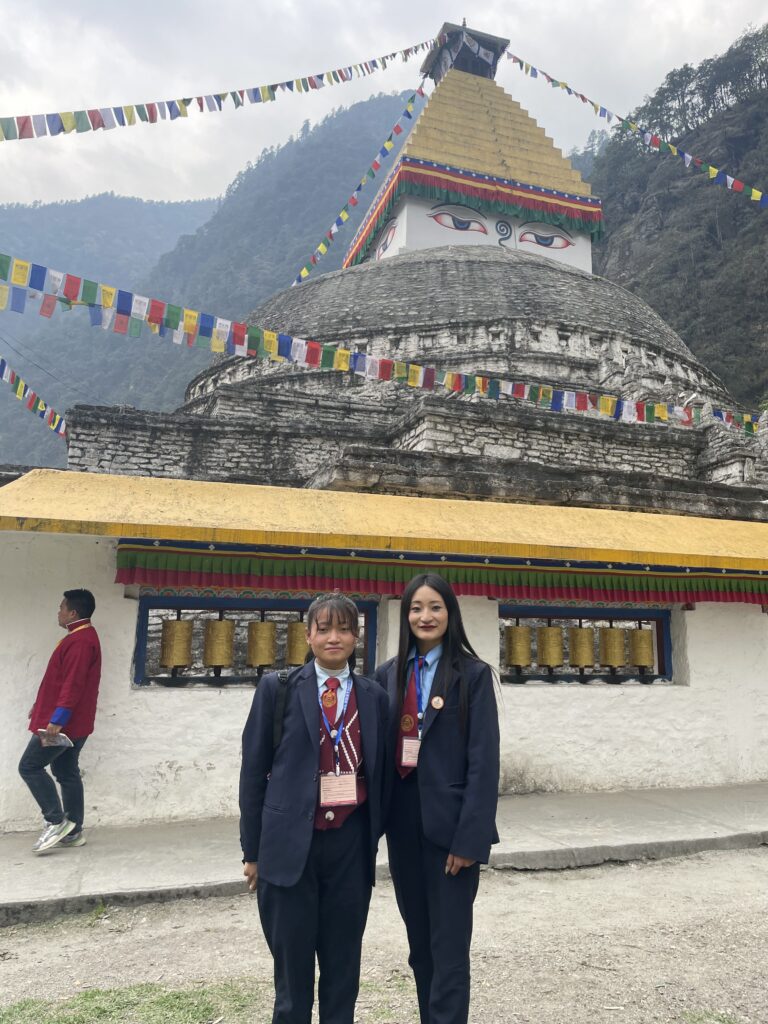
The IHCNBT conference was hosted inside the premises of the ‘Gorsam Stupa/ Gorsam Chorten’ (said to have been built by a Monpa monk in the 12th century), in Arunachal Pradesh, where 45 delegates from various parts of India, including rinpoches, scholars, and other religious heads from Himachal Pradesh, Ladakh, Uttarakhand, Jammu & Kashmir, Sikkim, North Bengal (Darjeeling, kalimpong etc), Densa south Indian Monasteries and 35 other delegates from Tuting, Mechukha, Anini, and different parts of Arunachal Pradesh gathered to discuss the Nalanda Buddhist Tradition and its origin from the Nalanda Buddhist University.
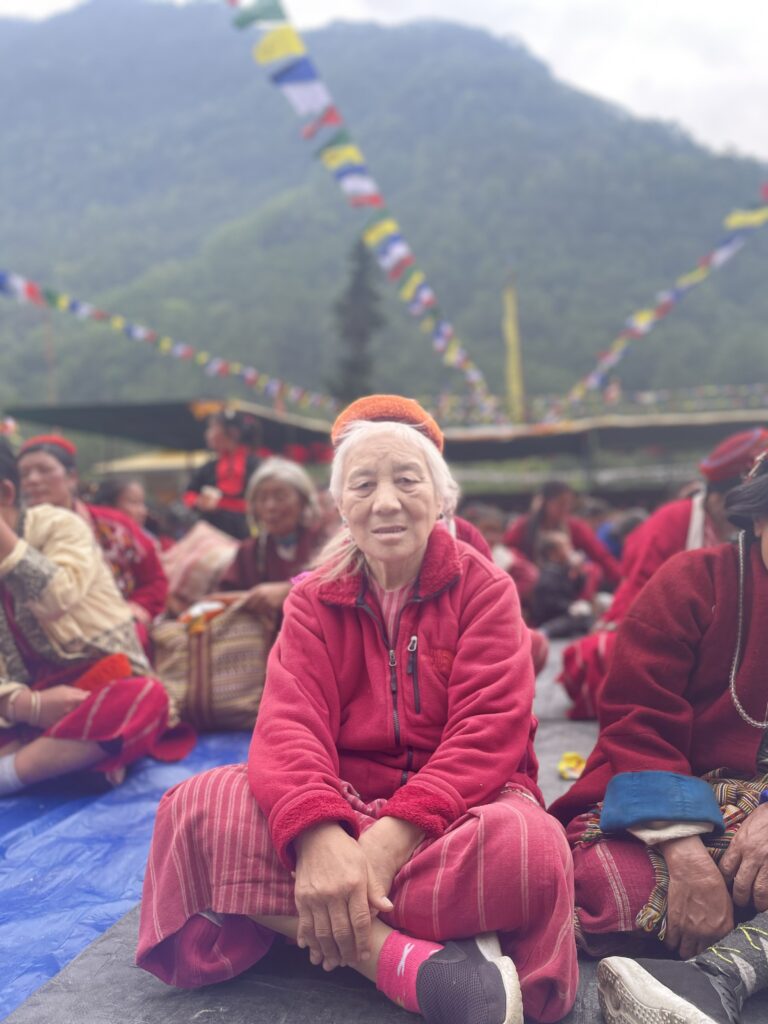
Addressing the delegates Chief Minister Pema Khandu said, “The main pillar on which Nalanda Buddhism stands is the principle of ‘reasoning and analysis’. This means we can even bring the teachings of Lord Buddha under the ambit of reasoning and analysis. This logic is based on science and perhaps Buddhism is the only religion that gives its followers this liberty”. The scholars, Rinpoches and other religious heads deliberated at length on the ‘Nalanda Buddhist Tradition’ and its origin from the ‘Nalanda Buddhist University’.
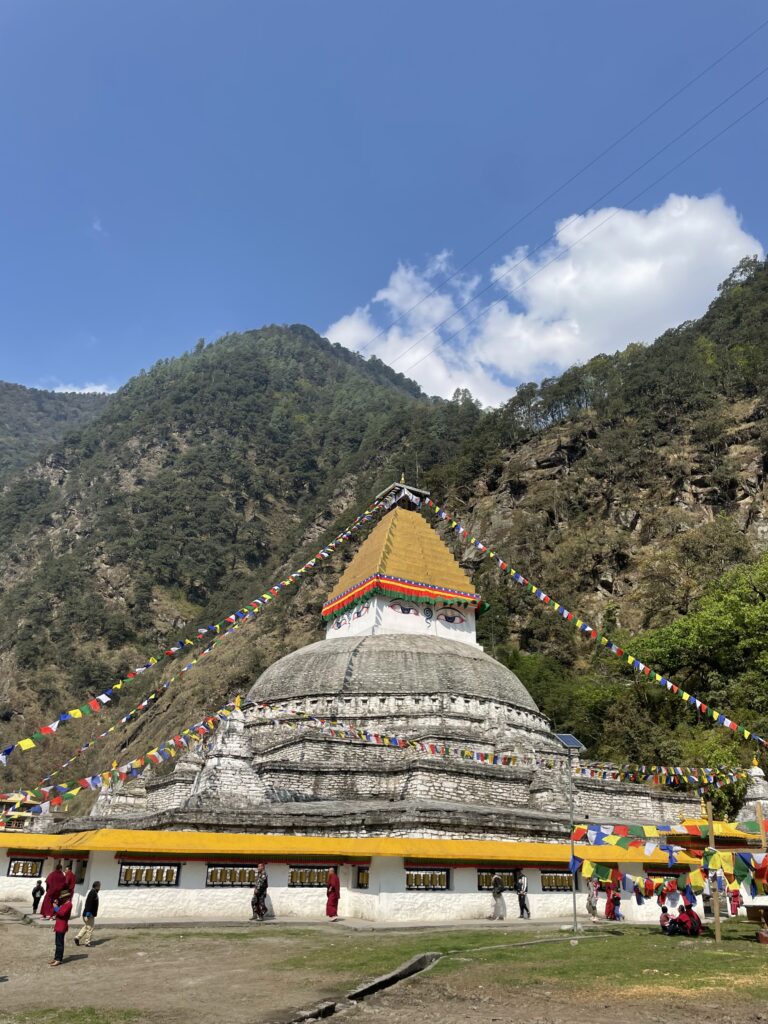
The main focus of the discourse was on how Acharyas from Nalanda propagated what has been rightly recognized as ‘Nalanda Buddhism’ to Tibet and other parts of the world. Guru Padmasambhava from Nalanda and his role in the spread of Buddhism in Tibet was discussed in detail. Tracing the footsteps of Acharyas starting from Nalanda to all the places they set foot on showed interesting socio-religious similarities even across international borders. The Chief Minister pushed for the need to preserve and propagate the Nalanda Buddhist Traditions and make its presence vibrant by connecting to the common root of Nalada.

The turnout for the event was huge considering the sparse local population of the region. The event’s success is all the more significant against the backdrop of the recent dubious Chinese attempt to rename 11 places in Arunachal Pradesh, to lay claim to sovereign Indian territory.

